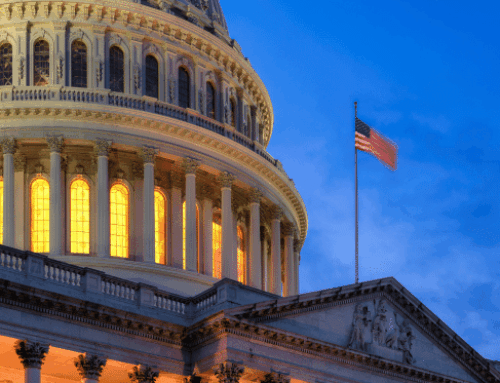But House Democrats on the Appropriations Committee recently unveiled a plan to restore earmarks, and their counterparts in the Senate are discussing whether to follow suit.
The return of earmarks could be a boon for certain individual hospitals, especially during the coronavirus pandemic. Before Congress put a moratorium on earmarks in 2011, health-care institutions received hundreds of millions in earmark money, according to data from Taxpayers for Common Sense.
“Hospitals are the largest employer in most congressional districts, so I think it’s safe to say that we’ll see a large portion of these earmarks going toward health-care providers,” said Zack Cooper, a professor of health policy and economics at Yale University.
The coronavirus response has burnished hospitals’ reputation on Capitol Hill, and earmarks could give legislators a way to signal their support for their local health-care institutions. Any earmarks are likely to be a drop in the bucket compared to the billions the federal government has poured into shoring up hospitals amid the pandemic, but for certain institutions the extra money could represent a small windfall after a year of depressed health-care spending.
Earmarks became a dirty word in Washington, but they can be useful for getting bills passed.
Earmarks have a toxic reputation, the result of projects that reeked of excess spending and political vanity — a bridge to nowhere, a teapot museum — as well as outright corruption.
Many conservatives are still opposed to earmarks even though they champion locally directed funding, leaving Republicans divided on whether to join Democrats in reviving the practice, our colleague Paul Kane reports.
But defenders say they are crucial to restoring Congress’s power of the purse. Earmarks, they argue, don’t increase government spending, but instead shift it from the hands of bureaucrats to elected officials who know the needs of their communities. Not to mention, earmarks can help entice reluctant legislators to back major spending bills — a feature that might be particularly appealing to Democrats now given their slim congressional majorities.
“I think Democrats are looking for mechanisms and leverage to be able to push for specific policies,” said Lisa Gilbert, the executive vice president of Public Citizen, a consumer advocacy and government accountability organization.
Democrats have vowed to introduce safeguards to prevent abuse this time around.
Rep. Rosa L. DeLauro (D-Conn.), chair of the House Appropriations Committee, released a plan that would limit each lawmaker to 10 earmarks, cap the total amount spent on earmarks to 1 percent of discretionary spending, and restrict funding to public or nonprofit entities.
That last provision could make nonprofit hospitals and university medical centers a compelling target for lawmakers who want to spend money in their districts.
Still, some experts are skeptical that earmarks will be divvied up fairly.
“The devil is in the details,” said Steve Ellis, the president of Taxpayers for Common Sense, a government watchdog organization. “Is 10 earmarks to a rank-and-file freshman or second-term Republican the same thing as 10 earmarks to chair DeLauro?”
Earmarks can make a big difference in individual communities.
But they represent a small portion of overall grants to hospitals from the federal government.
When earmarks were active, they made up just 3 to 5 percent of grants to hospitals and health-care systems each year, according to JP Leider, a professor of health policy at the University of Minnesota who co-authored a study on earmarks targeted at health-care facilities.
That’s enough to add up to a few billion dollars over several years, and it’s a big deal to facilities who receive them, but most grants stem from provisions not aimed at an individual hospital or institution. In those cases, officials at the Department of Health and Human Services determine which facilities meet the criteria to receive a government grant.
Previous earmarks, for instance, pale in comparison to the $100 billion included for hospitals in the Cares Act, the coronavirus relief bill passed in March 2020.
The American Hospital Association told The Health 202 that it does not have any position on the return of earmarks.
Earmarks have not traditionally been the most equitable way to divvy up health-care money.
When it comes to earmarks for health-care institutions, it pays (quite literally) to be located in jurisdictions represented by a lawmaker on the House or Senate Appropriations Committee, according to Leider’s research.
That may be why former senator GOP Thad Cochrane was able to secure $85 million to improve public health services in his home state of Mississippi while serving as the ranking Republican on the Senate Appropriations Committee, or why former West Virginia Sen. Robert Byrd (D), another former powerful member on the committee, boasts at least four health-care institutions that bear his name.
Leider and his colleagues analyzed 10 years of earmarks before the moratorium went into effect and found that congressionally directed spending generally went to areas with higher poverty but did not track closely with health-care needs.
“That makes me worry about whether the dollars under the new ‘Community Project Funding’ initiative are going to end up where they are needed most,” Leider said. “Then again, money doesn’t end up where it is needed most if bills don’t pass in the first place.”








